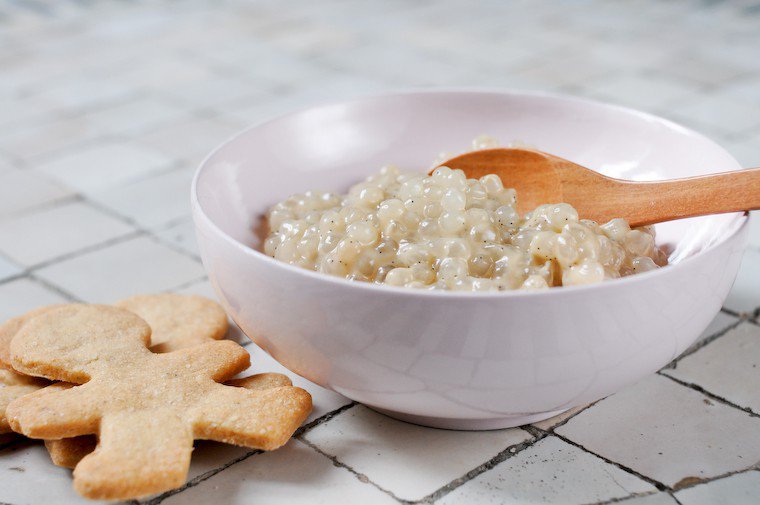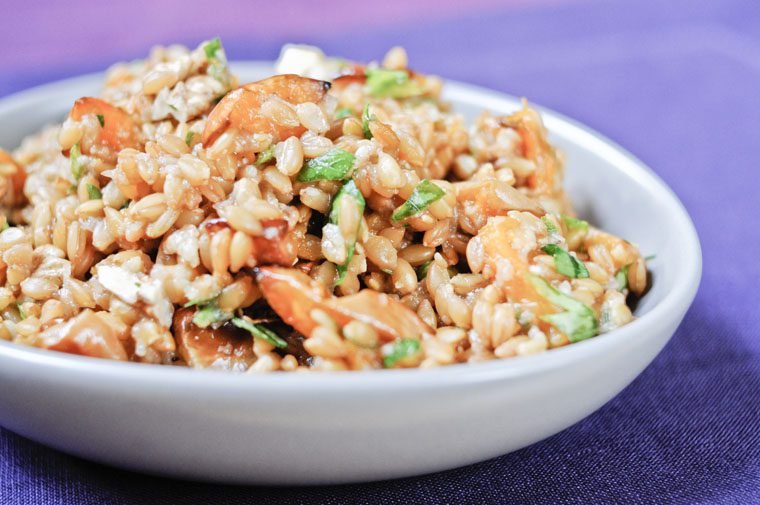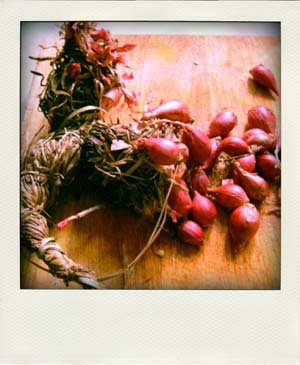Meet my current favorite quick and easy dessert: a tapioca pudding made with oat milk and flavored with vanilla.
Tapioca pudding, for those not familiar with it, is not unlike rice pudding, except the texture of cooked pearl tapioca is estimated to be seven hundred and eighty three times more enjoyable than that of cooked rice, as each tiny pearl rolls off your tongue like the word “pearl” itself.
Pearl tapioca is made with the starch extracted from cassava roots (a.k.a. manioc or yuca). It’s a pre-cooked product that can also be used as a thickener in tart fillings, or to add textural variety to broths and soups. In France, Tipiak sells it under the name perles Japon — it’s anybody’s guess why they call it that — but actually offers two distinct varieties under that label: one made from potato starch, and one made from manioc starch, which is the one I use. I can’t recommend any particular brand outside of France, but you should be able to find pearl tapioca in the baking aisle of your grocery store, or at Asian markets.
For this recipe, you’ll want to use small pearl tapioca, which comes in miniature beads (do not, I repeat, do not, spill the contents of the package on the floor, or you’ll be finding them in absurd places for years to come), rather than the larger pearls, also called boba, that add chew to Taiwan-style bubble tea.
I first made tapioca pudding at the request of Maxence, who’s always a good customer for this kind of humble, comforting dessert, and who spent a happy childhood eating his grandmother’s. I myself am not normally drawn to soft, milk-based preparations, but this one quickly won me over with its delectable creamy-bouncy texture.
My recipe is completely effortless, and uses pantry ingredients only, making it a fine emergency dessert option. You simply heat oat milk (my non-dairy milk of choice) with a vanilla bean, simmer the pearl tapioca in it (mine cooks in fifteen minutes), before adding sugar and a bit of salt.
You then let it cool, and as the pearl tapioca continues to swell, it absorbs all the liquid and becomes all mochi–like and wonderful. (Wait, could this be why it’s called “Japan pearls” in France?)
You’ll perhaps notice that it is one of those handy ratio-based recipes (see Ruhlmann’s book on cooking ratios) that relies on a 10:1:1 ratio of milk, pearl tapioca and sugar (measured in weight). This means you can commit the recipe to memory easily and scale it up or down, as I often do when I have an open carton of milk that needs to be used pronto.
Tapioca pudding requires little embellishment, and we usually just lap it up from a little bowl with a spoon, but when I serve it to friends, I like to offer a side of crisp butter cookies, such as these or these, just to amp the sophistication a notch.








